I thought this would be a fairly straightforward individual to research and write about. But no, talk about a rabbit hole.
Have you ever known someone that makes you ask, “They did what?” or “They’re where?” or “What are they up to now?”
If so, then you’ll recognize the type in this installment of People and Plants.

Friedrich/Frederick Adolph Wislizenus was a German-born American medical doctor, explorer and botanist. The name Wislizenus traces its etymological roots back to Poland, specifically the town of Wislicza.
Friedrich A. Wislizenus is known for his printed recollections of travels to New Mexico territory and northern Mexico. He was born in Königsee, Germany on May 21, 1810, the youngest of three. The children were orphaned very young and a maternal uncle took them in. After completing “high school” at the Rudolstadt Gymnasium, Friedrich continued his studies at the Universities of Jena, Goettingen and Würzburg. In April 1833 he took a break from his schoolwork by actively participating in a revolutionary uprising against the existing German government. (Another participant of this event was Ferdinand Lindheimer.) The expected groundswell of support from the citizenry didn’t happen while a strong police presence did. In response Friedrich suddenly decided he should leave town.
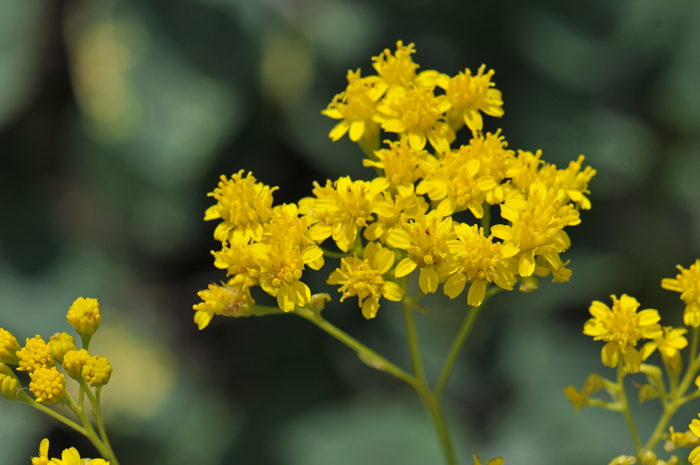
Trans-Pecos Thimblehead
He wound up in Zürich, Switzerland where he matriculated at the University of Zürich. His studies again suffered a brief interruption when he joined a movement to free Italy from monarchical rule. The expedition was disarmed by Swiss troops before reaching the border. There was nothing for our Friedrich to do but go back to the college from which he graduated in 1834 with high honors in Medicine.
Thereafter he decided to move to Paris to work but found no opportunities, so in the fall of 1834 he sailed for New York to hopefully establish himself in his profession.
By 1837 he had journeyed to Mascoutah, Illinois on the outskirts of St. Louis and was practicing his trade. Finding the practise of a country doctor’s life dull, monotonous, and lacking in remuneration, he relocated to St. Louis in 1839.
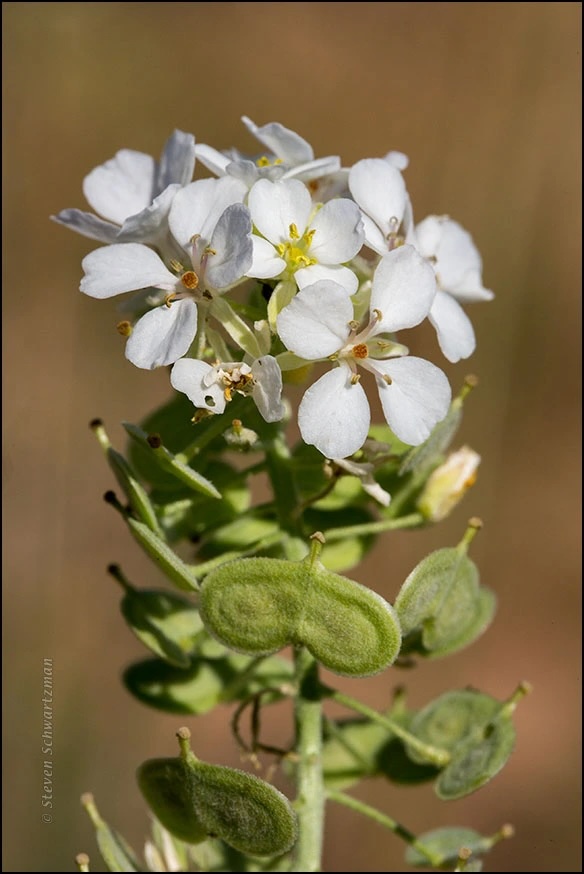
Spectacle Pod
Before settling down to resume his medical career Friedrich decided to make an extended journey into the farthest West. Scraping together his meager savings, he left the banks of the Mississippi in the spring of 1839 as a member of one of the annual expeditions of the Rocky Mountain Fur Company. His travels lead him into the far Northwest to the Wind River Mountains and then over the Rockies. Friedrich eventually reached Fort Hall on the Snake River, near the present site of Pocatello, Idaho, which at the time was the Southernmost trading post of the English who still held Oregon Territory in I839.
That’s a lot of ground to cover in six months.

We never made it, did you?
From Ft. Hall he intended to cross the Sierra Nevadas and wander into California. But this dream was shattered for the lack of a competent guide. So he ventured back along the banks of the Arkansas River to the Missouri border. This voyage proved to be quite an adventure due to the inability of finding facilities, supplies, and the lack of equipment. He finally reached St. Louis in 1840. His record of this journey of almost six months duration was first printed in German in 1840. His son later translated it into English and published it along with a biographical sketch in I9I2. Its observations on the flora and fauna are quite detailed and the Linneaus binomial scientific designations are often included. Topography and geologic findings are also noted along with meteorological reports.

Friedrich resumed his medical practice and soon became involved in various civic activities. He was a regular attendant at the Western Academy of Natural Sciences where he found a kindred spirit in Dr. George Engelmann. The two were to become life long friends to the extent of taking care of the other’s patients when one of them was out of town.
In 1846, finding he could no longer ignore his “itchy feet,” he joined a merchant expedition to Santa Fe in New Mexico Territory. With a goal in mind and the necessary instruments in a horse-drawn wagon, he and an assistant intended to gather information concerning a part of the continent about which little was known.
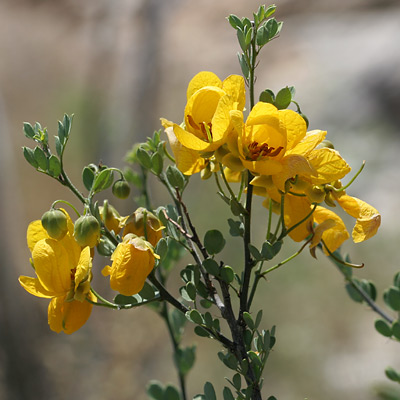
Upon reaching Santa Fe the intrepid band found the headlines and town chatter were full of news of the Mexican-American War. Despite the situation the group determined to travel south, cross the border, and make it to the state of Chihuahua by September, which they did. Immediately upon reaching their destination the entire company was imprisoned. Not being a man to waste an opportunity, Friedrich put the several months in a secluded mountain village to good use. The enforced stay resulted in collection of notes, observations and sketches concerning the flora, fauna, topography, and weather of northern Mexico. Finally in the spring of 1847 the prisoners were freed by Colonel Alexander Doniphan. Friedrich accepted Colonel Doniphan’s offer of a temporary appointment as surgeon in the U. S. Army and continued with the soldiery to the mouth of the Rio Grande. He then returned to St. Louis via New Orleans before 1847 had ended.

Photo by Patrick Alexander
Due to the efforts of Senator Thomas H. Benton, whom he’d become acquainted with, Wislizenus was summoned to Washington, D.C., and requested to publish his recollections, Memoir of a Tour to Northern Mexico in 1846 and 1847 by A. Wislizenus, M.D. This volume corrected many erroneous views of the western country and provided detailed descriptions (with maps and sketches) of the lands near the Rio Grande. The Senate ordered printing of 5,000 copies, which was a lot for the time, for distribution.
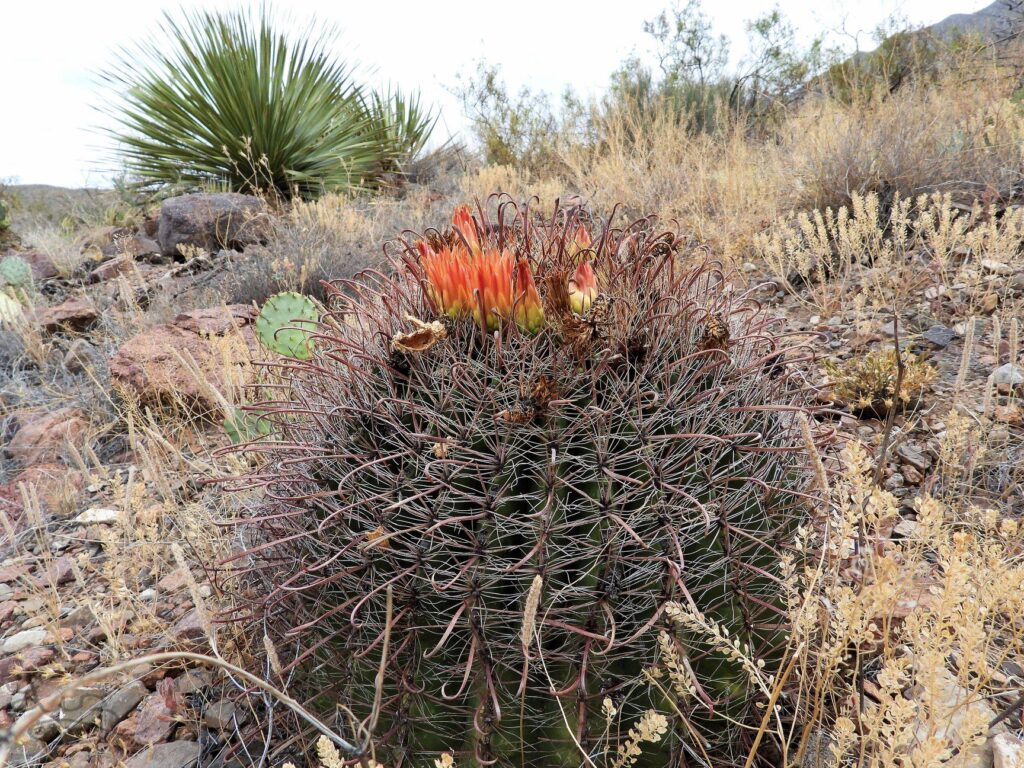
Photo by Benny Pol
Among the trophies brought from his travels were many new plants, both as samples and sketches. These were later studied by his good friend and colleague Dr. George Engelmann who named many of the specimens after Wislizenus.
Dr. Wislizenus also has a lizard named after him. The animal was first documented by Friedrich in Santa Fe, New Mexico Territory.
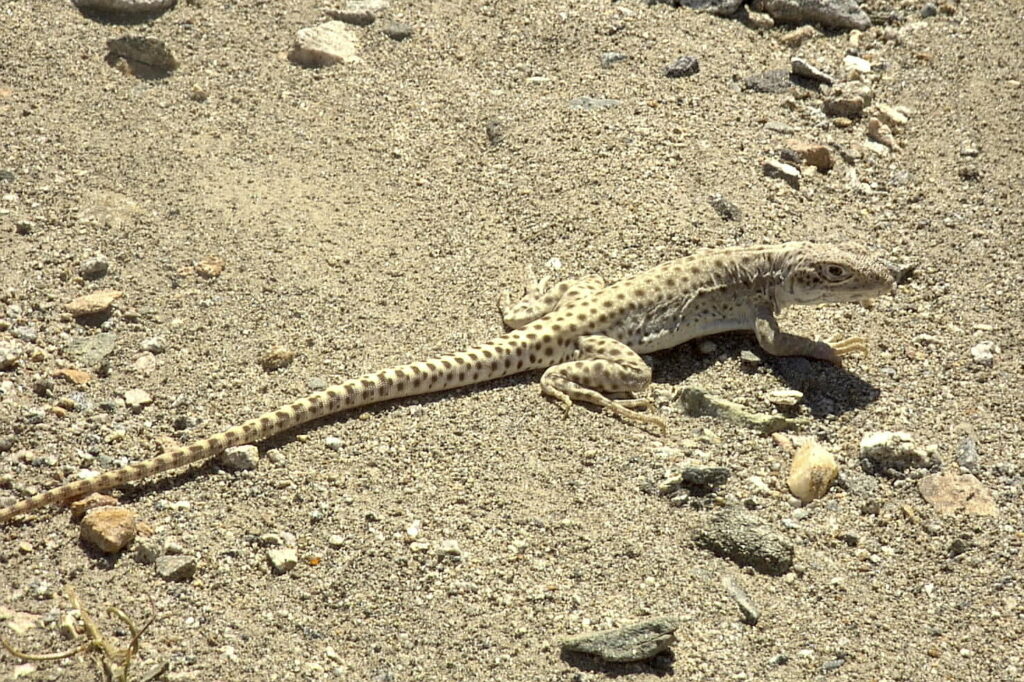
The next several years saw Friedrich getting married, becoming a father and traveling the world, including Turkey, a visit to his hometown, Panama and finally getting to visit the West Coast of America. He returned to St. Louis in 1852 and spent the rest of his life there. He pursued scientific and civic interests, being one of the founders of the St. Louis Academy of Science and the Missouri Historical Society. He continued to indulge his love of meteorology and botany as long as his failing eyesight would allow. He died in September 1889 and he and his wife are buried on their estate near Kimmswick, Missouri on a high bluff overlooking the Mississippi River.
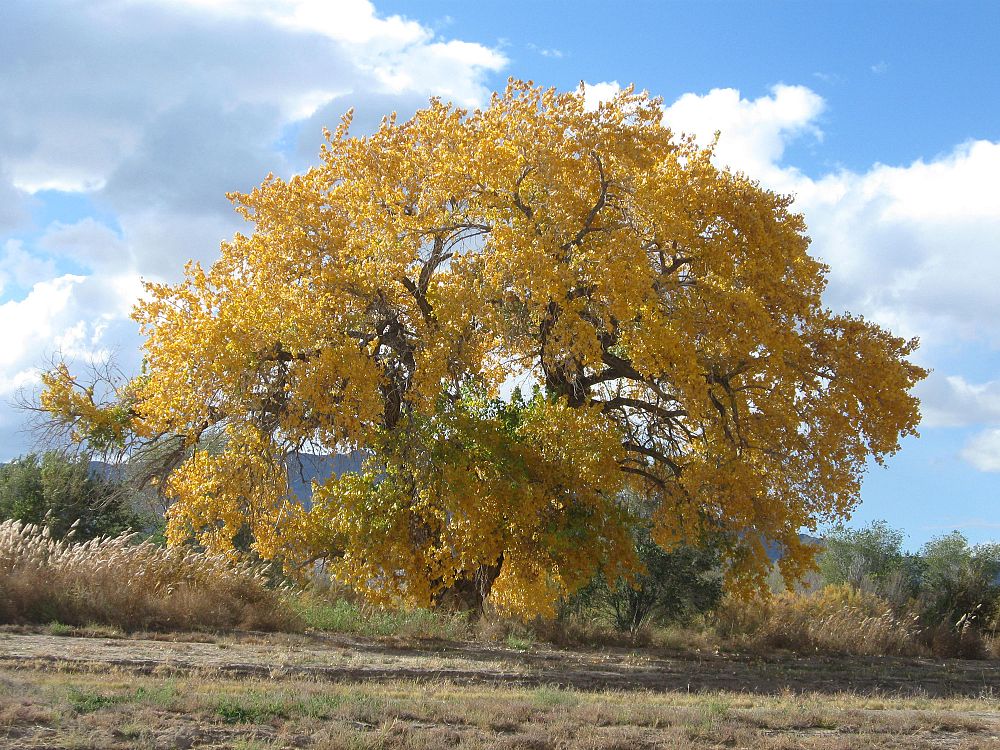
Dr. Wislizenus’ writings are available here:
https://www.biodiversitylibrary.org/creator/253456#/titles
To see list of plants attributed to Dr. Wislizenus go here:
https://tropicos.org/specimen/Search and type Wislizenus in the Senior Collector box and click on Search.

2 thoughts on “People and Plants”